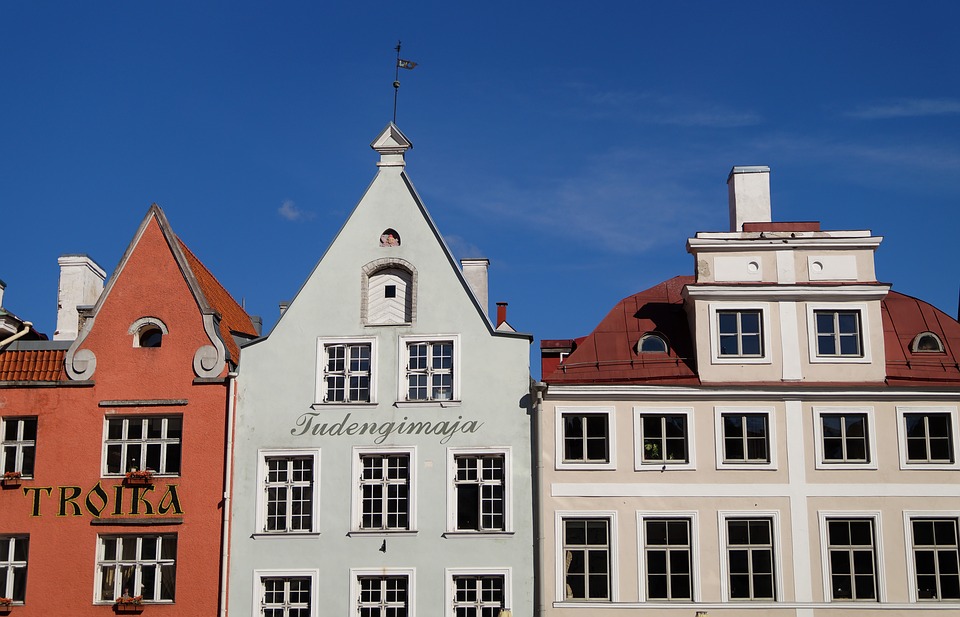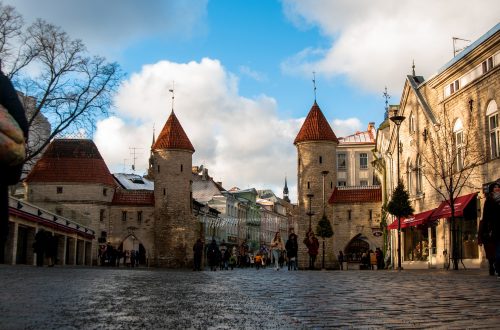
Tallinn: What to See in the Baltic City
Tallinn is the best-preserved Baltic capital. Enclosed within ancient bastions, the city feels like it stepped out of a fairytale. With its sharp red rooftops and onion-domed churches, Tallinn enchants visitors with an old-world charm. So, what should you see in this medieval city?
Tallinn might not be one of the most famous European destinations, but it will capture your heart at first glance. In addition to its historical vibe, the city boasts hipster and underground vibes in former industrial areas. Here are the must-see attractions in Tallinn.
A Weekend in Tallinn
Tallinn is the capital and main port of Estonia, located on the southern coast of the Gulf of Finland. Despite its northern latitude, the city’s climate is relatively mild thanks to the influence of the Baltic Sea. Its strategic position made Tallinn a key hub for trade, particularly along the ancient “amber and fur route” from Northern Europe to Rome.
A commercial hub since the Hanseatic League era, Tallinn is now a lesser-known gem that truly deserves your attention.
A weekend is all it takes to soak in Tallinn’s atmosphere. The people are warm and open, a trait that stems from the city’s long commercial history, even if the climate is chilly. The cobbled streets winding between pastel-colored brick houses hide artisan shops and cozy cafés where you can warm up with a hot drink in winter.
A Bit of History
The first fortifications on Toompea Hill date back to 1050, though Finnic tribes had already settled along the nearby coast earlier. The city’s first known name comes from a legend dating to 1154—Tallinn was called Lindanise or Kolovan at the time.
Over the centuries, Tallinn experienced a series of rulers before it could declare its independence. Due to its commercial importance, it was occupied by the Danes in 1219 and quickly became a key trade route to Russia. The city was later annexed by Lithuania, followed by Poland and Sweden.
However, the most significant influence came during Russian rule. From Peter the Great’s conquest in 1710 until Estonia’s independence in the 1990s, Tallinn served as a strategic buffer zone for the Soviets. Russian populations were encouraged to migrate and settle in the city. As the historic center became too small, Soviet-style residential and industrial districts were built, changing the medieval skyline with glass and steel structures like the famous Hotel Viru.
Despite the heavy migration, a 1991 referendum led to Estonia’s independence from the Soviet Union, with Tallinn becoming the country’s capital.
What to See in Tallinn – The Old Town
The historic center—Vanalinn, or “Old Town”—sits in the lower part of the city, long home to Tallinn’s residents and commercial activity. Once completely fortified with 2.5 kilometers of walls and guarded by 45 towers, the area has retained its medieval charm.
Today, just over half the towers remain, and parts of the walls have been lost, but the city’s original layout is still intact.
Thanks to its preserved layout, narrow cobbled streets, and red-roofed houses, Tallinn’s Old Town was declared a UNESCO World Heritage Site in 1997.
Let’s now explore the main attractions of this city where time seems to stand still.



